Today most visitors to Fatehpur Sikri take advantage of the frequent shuttle bus, which runs continuously throughout the day ferrying passengers between the palace entrance and car park which lies about a kilometer away. It’s an excellent system, and ensures energy levels are conserved as much as possible, as there is much to see in the palace complex and its environs.
One disadvantage however is the lack of footfall this introduces near to the Archaeological Museum which lies a short distance from the palace entrance back down the easterly road. Almost all visitors will either be too excited to explore the palace, or having done so, far too tired to explore any further. As a result, I fear this compact little museum does not get the attention it deserves, and thus I thought I would at the very least document it’s existence and perhaps this may encourage a few more people to take a look.
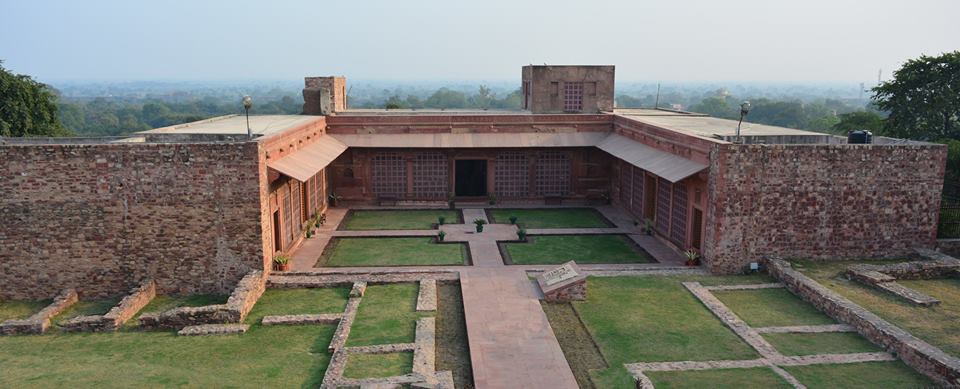
The Archaeological Museum is known as the Treasury Building. It was built during Akbar’s reign but was in a dilapidated condition until it was restored by the ASI between 2002 and 2004. The main driving force behind this renovation was to showcase artifacts that have been unearthed during excavations that ran from 1976-1977 and 1999-2000.
The archaeological site is known as Bir Chhabili Tila, and is a small mound near to Sikri village to the north of the ridge. These excavations produced cultural material belonging to five separate periods, the majority belonging to a period prior to Sikri becoming Akbar’s capital in the early 1570s.
Period 0 – Circa 2nd Century B.C. – 2nd Century A.D.
Almost nothing was uncovered encompassing this period, except for this somewhat crudely made monkey figure, which is attributed to the Sungra-Kushan Period.
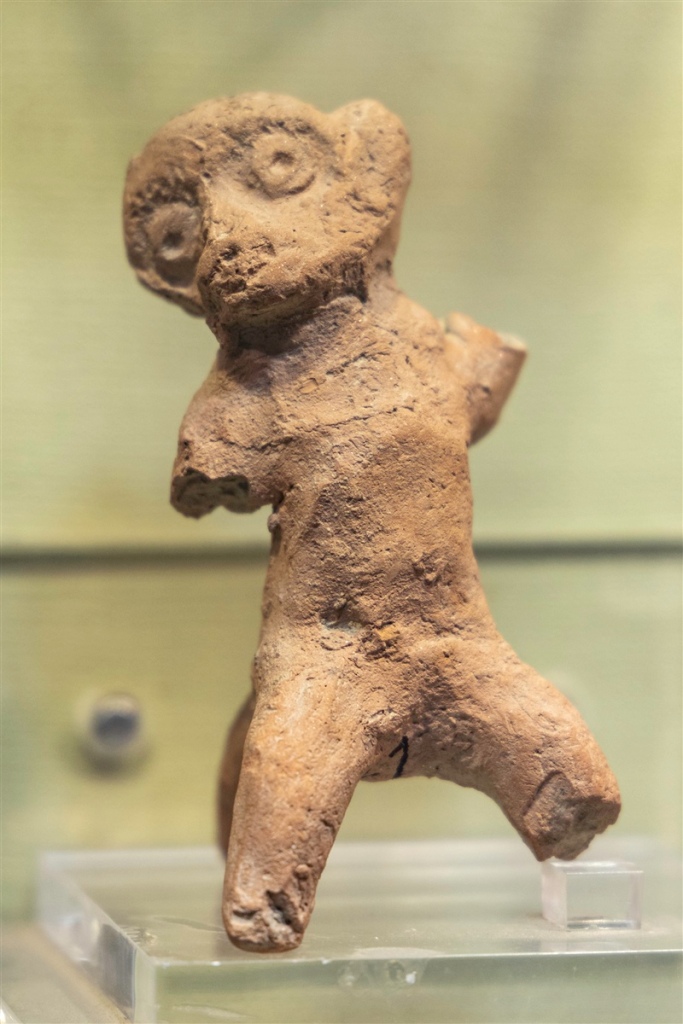
Period 1 – Circa 6th – 8th Century A.D.
These earliest deposits were in a relatively small area and the finds were not many, although a few brick walls, pots and beads were found along with a wonderful sculpture of Yakshini Amika.
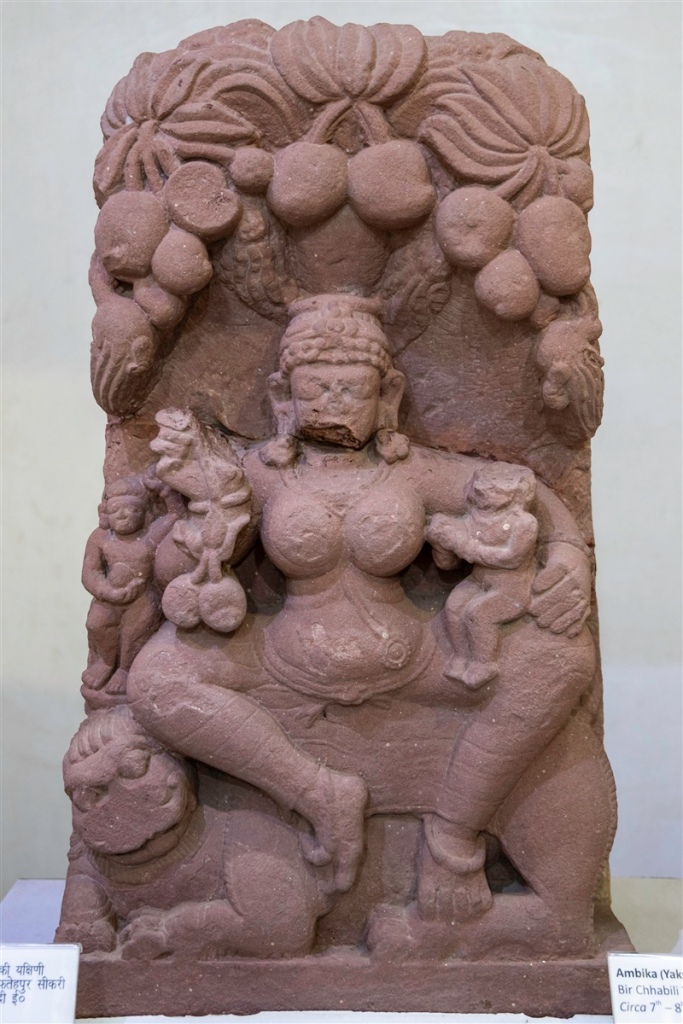
Period 2 – Circa 9th – 12th Century A.D.
In terms of material culture, these deposits yielded the most significant finds. Several outstanding Jain images were discovered before the foundations and platform of a Jain temple measuring 18m x 9m, constructed with massive undressed stone up to 3m in height. A few architectural elements from the temple were also discovered.
The star find from the excavations of this period and the showpiece of the museum has to be the Jain image of Sruti Devi Saraswati (Goddess of learning).
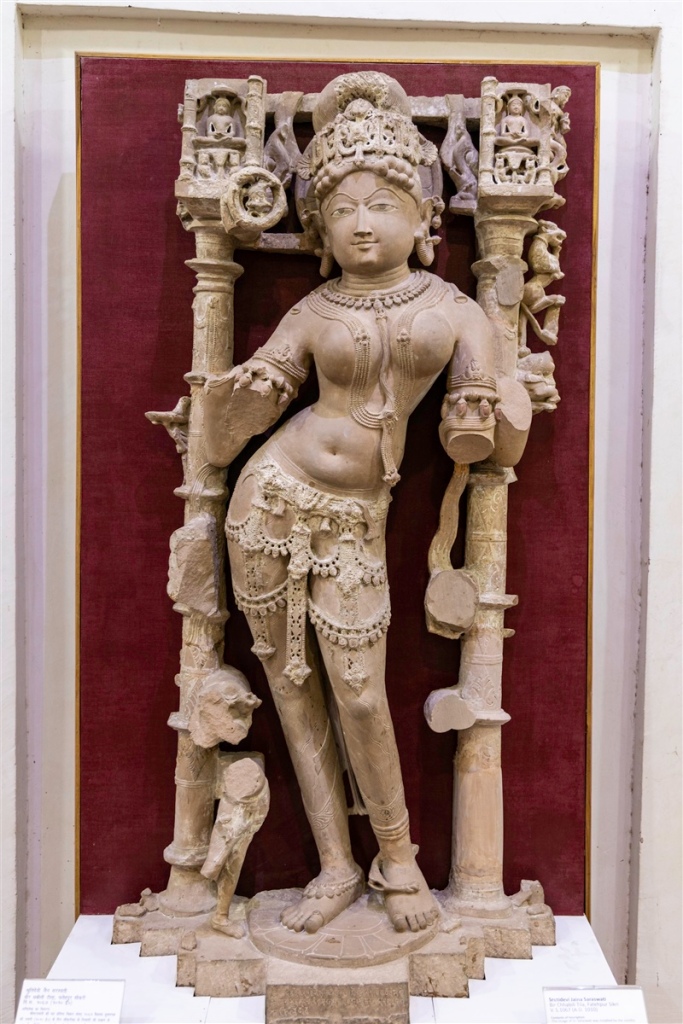
An inscription in the pedestal tells us a lot about this creation. It was installed by merchants of Sanchmara and Bhallika in the ‘house’ of Santi Vimalacarya, at Sekrikya (Sikri), in the reign of Vajram (Vajradaman of Kachchapaghata) on the Suddha Navami of Vaisaka VS 1067 (which equates to April – May 1010 A.D.). The inscription closes with mentioning that Ahilena also contributed, who was possibly the sculptor.
A sculpture of Tirthankara Adinatha was also recovered, again with an inscription.
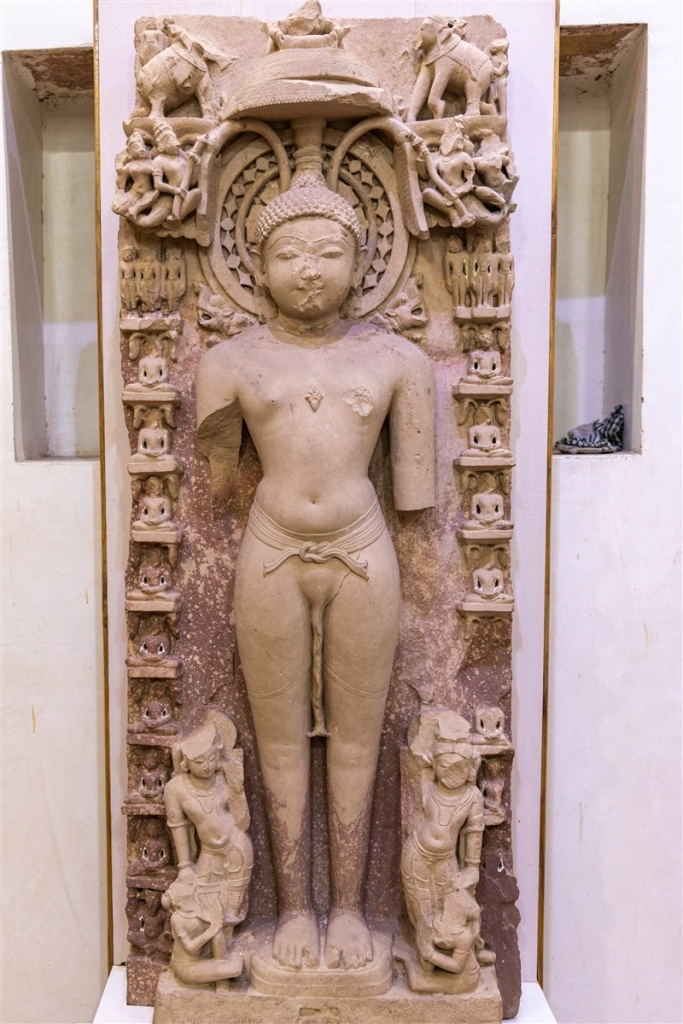
This one tells us that the image of Rishabhadeva was installed by Devaraja and his wife Dhanapati, disciples of Sri Vimalacarya, on Sunday, Suklapaksha Ekadashi of Jyestha in the Swati nakshatra during VS 1039 (which equates to May – June 982 A.D.).
Incomplete fragments of other Jain sculptures were also found, some of which are on display in the museum.

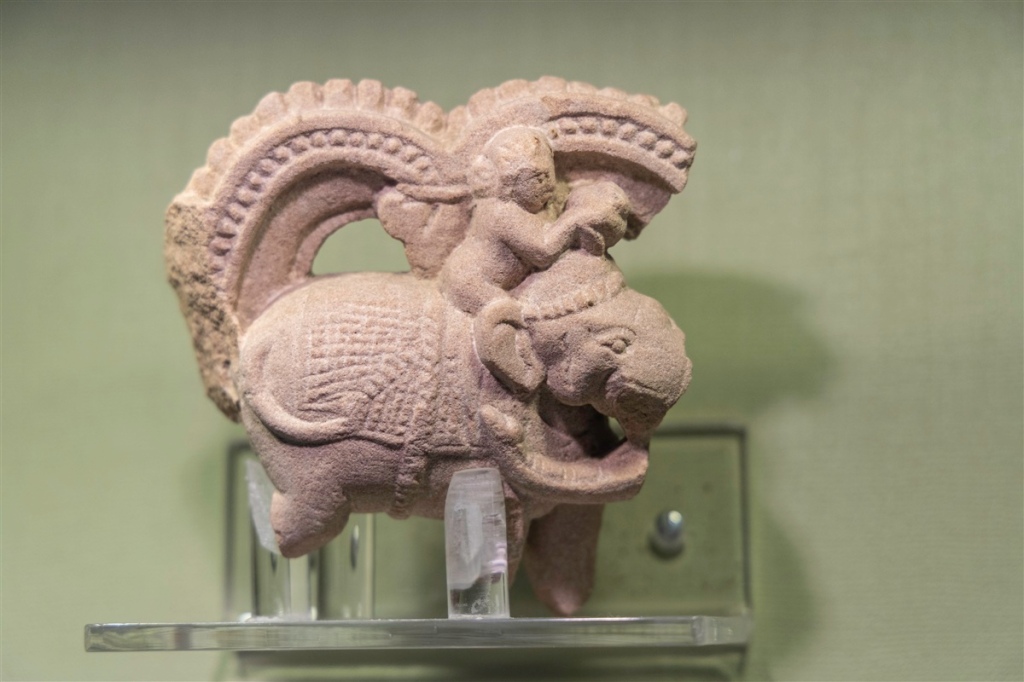
Period 3 – Circa 12th – 16th Century A.D. and Period 4 – Circa 16th – 18th Century
These latter two periods did not uncover any artifacts of great significance, but included fragments of sculpture, terracotta figurines, beads, jewellery moulds, small pots, metal objects and household objects.
In another gallery was an excellent drawing of the Diwan-i-Khas central pillar, done by E.W.Smith in 1891.
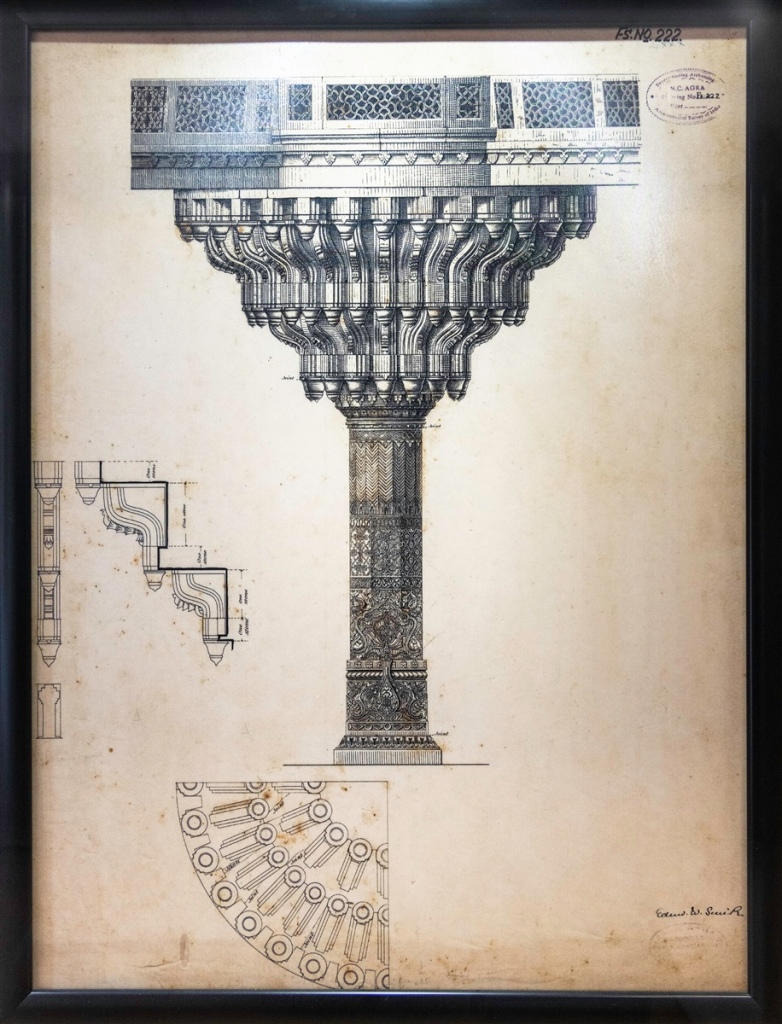
Whilst we knew the small village of Sikri existed prior to the arrival of Akbar, the excavations at Bir Chhabili Tila have pushed back our knowledge of occupation much earlier.
It does also lead one to wonder what might exist under the Mughal structures at Fatehpur Sikri, and whilst further excavations could be undertaken in pockets of land where no visible structures currently exist, there could be much that will be forever sealed (or destroyed) by the later construction of Akbar’s great palace complex and capital.
Please ‘Like’ or add a comment if you enjoyed this blog post. If you’d like to be notified of any new content, just sign up by clicking the ‘Follow’ button. If you have enjoyed this or any other of my posts, please consider buying me a coffee. There’s a facility to do so on the righthand side of this website for desktop users, and just above the comment section for mobile users. Thank you !
If you’re interested in using any of my photography or articles please get in touch. I’m also available for any freelance work worldwide, my duffel bag is always packed ready to go…
KevinStandage1@gmail.com
kevinstandagephotography.wordpress.com
Categories: Fatehpur Sikri, Fatehpur Sikri Archaeological Museum, India, Uttar Pradesh



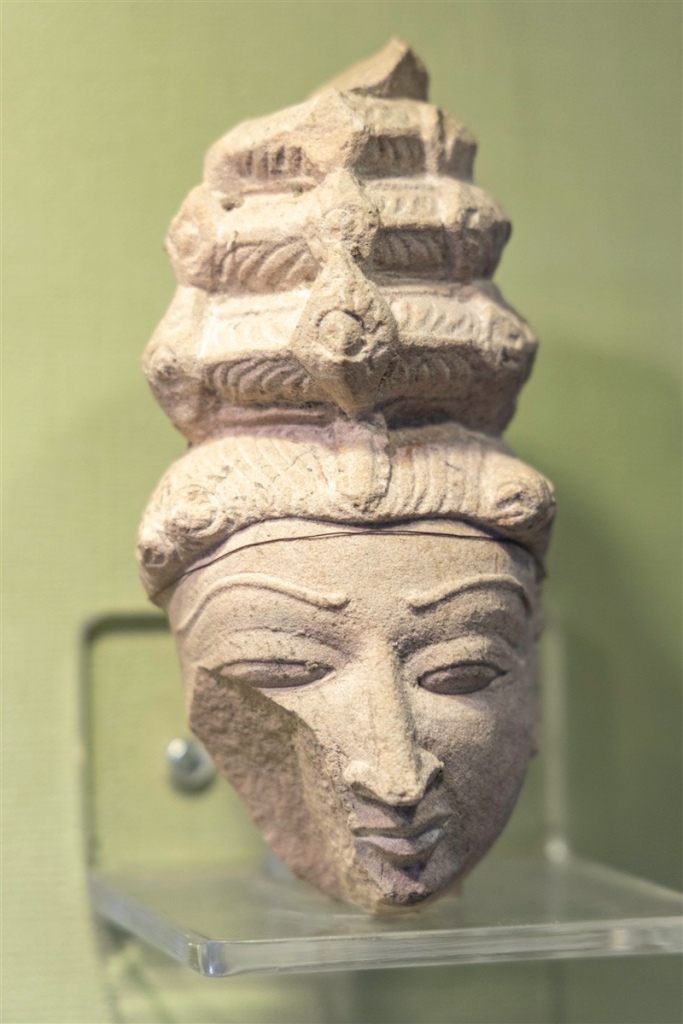
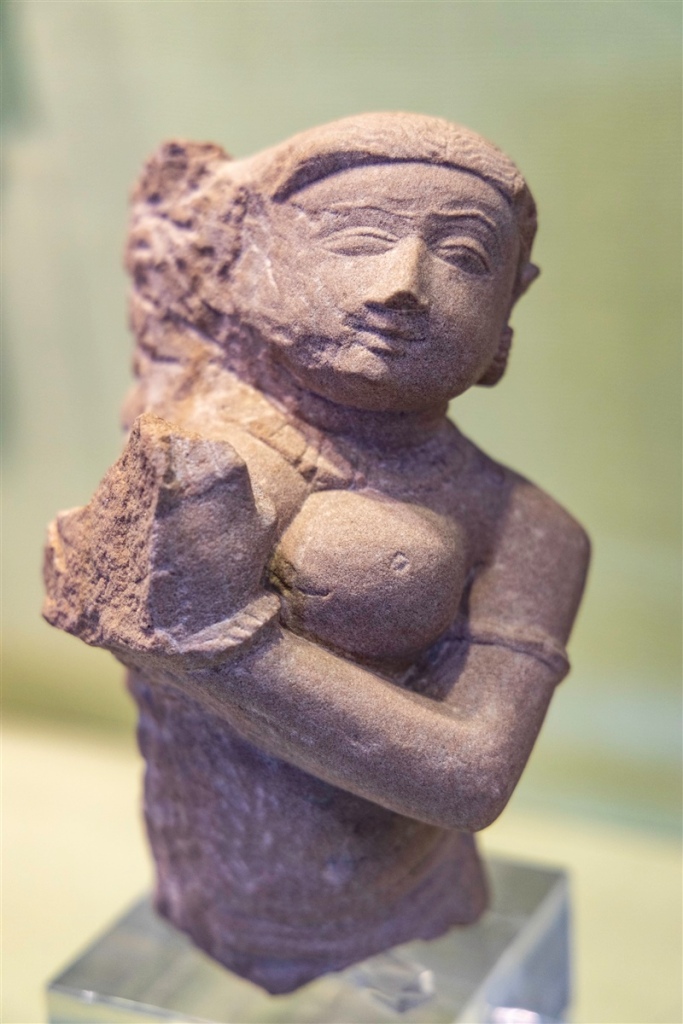
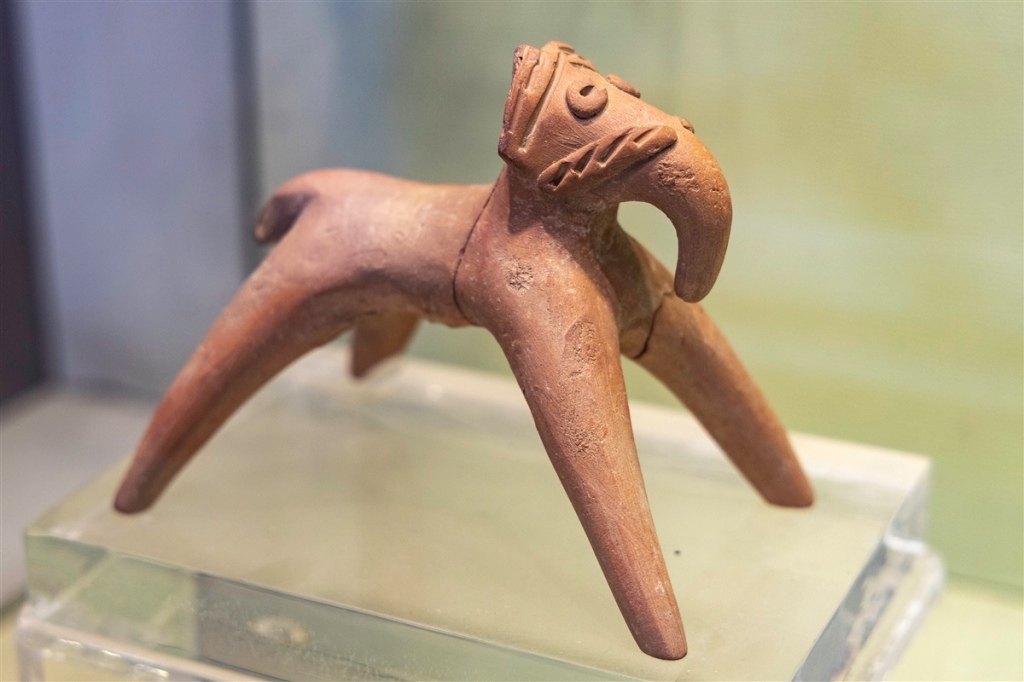
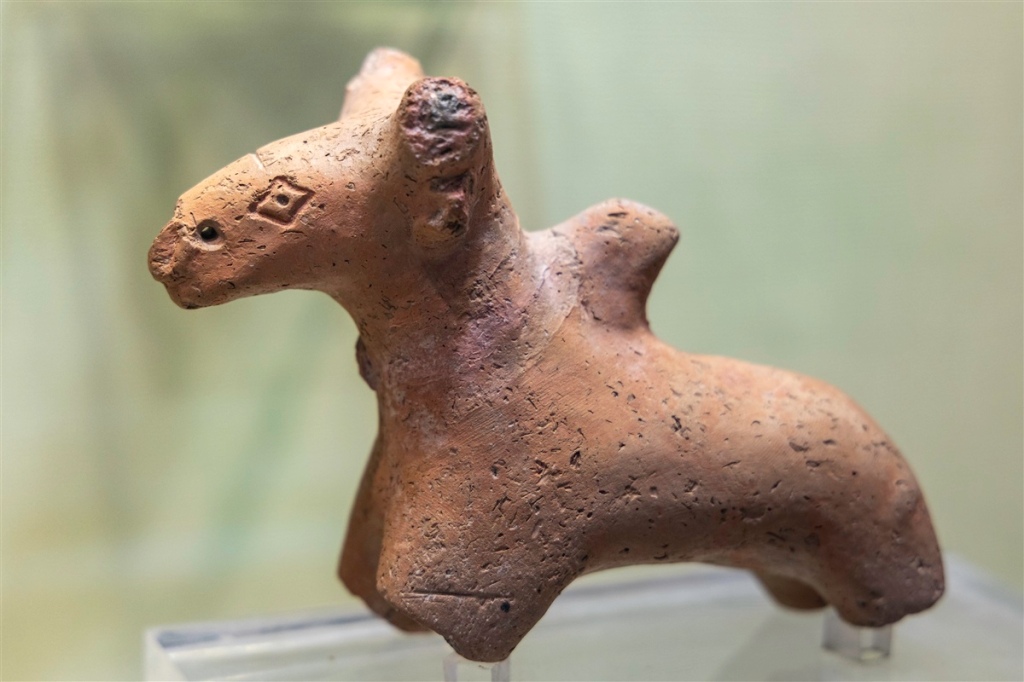


Enjoyed reading about this museum. People make fun of me when I show interest in museums. But that doesn’t stop me. Thanks for sharing
LikeLiked by 1 person
Why should they make fun of you ? Take no notice, you need to feed your interests and passions, or even just your curiosity! Thanks for stopping by !
LikeLiked by 1 person
Lovely 😍
LikeLiked by 1 person
Thank you 🙂
LikeLike
Great post, never knew about it. I always thought that the city was founded by Akbar. It is said that it is taught that way in schools.
LikeLiked by 1 person
Great Post, this place is near to my home yet I never cared to visit in such a way. I am going today exclusively for the Museum. Thanks Kevin ji for your informative Post.
LikeLiked by 1 person
Hope you enjoyed your visit !
LikeLike
I enjoyed reading about the finds and only did a search through a videoclip online from Meenakshi Jain who informed that an archeologist admiration DV Sharma carried out extensive excavation in Fatepur Sikri and found a full Jain city with life size murtis, the murtis were found buried face down. He was asked to stop the excavation. No doubt there is more to be discovered underneath the mosque and Palace? Admirations to archaeologists like DV Sharma and also KkMuhammed (his role in discovering evidence that paved the way for the construction of the Ram mandir in Ayodhya?
LikeLiked by 1 person